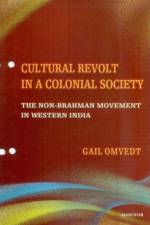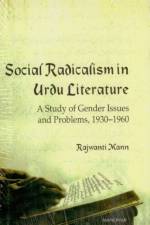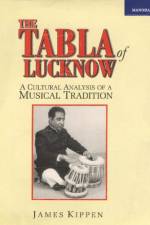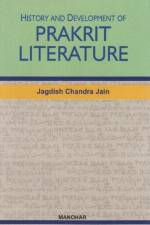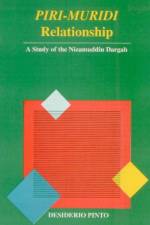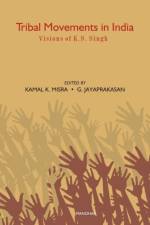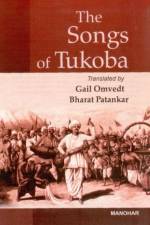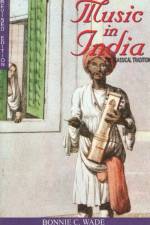- A Study of Gender Issues & Problems, 1930-1960
av Rajwanth Mann
615
History and literature both endeavour to reflect the truth in different ways and assist in a better understanding of society. The spread of new and radical ideas at the beginning of the twentieth century was the outcome of economic depression between First and Second World War, resurgence of widespread nationalism and impact of Marxism, etc. In India, the progressive trend started in 1932, when the young writers like Sajjad Zaheer, Rashid Jahan, Ahmad Ali and Mehmuduzzafar dissatisfied with mild reforms and the moribund state of Urdu literature brought out an electrifying anthology of ten stories titled Angare. The publication openly ridiculed outmoded religious and traditional attitudes especially towards women and led to the formation of Progressive Writers Association (PWA) in 1936 in Lucknow. PWA influenced poets and writers alike and acquired support and sympathy from Iqbal, Rabindranath Tagore and Jawaharlal Nehru. The major aim of this study is to identify the social radicalism in Urdu progressive literature from 1930 to 1950 in three areas: themes, characterisation and craft. The writings of Sajjad Zaheer, Rashid Jahan, Krishan Chander, Saadat Hasan Manto, Ismat Chugtai and Rajinder Singh Bedi brought out the themes of Purdah, childbirth, widowhood, sexuality, victimisation of women during Partition, etc., with unprecedented boldness in Urdu literature and mirrored the society more clearly and directly, for which some of them were prosecuted. The characters in their works were drawn from lower strata of society such as the sweepers, the poor, the prostitutes, neglected and dejected women and widows. The PWA faced criticism at the hands of orthodox and conservatives because of this perception but its formation and contribution was a landmark event in the annals of modern Indian literature, a fact which is commemorated in this very timely volume.


